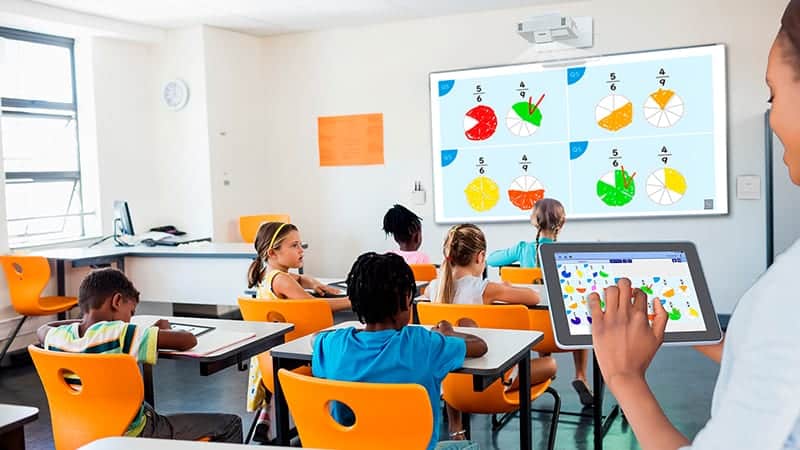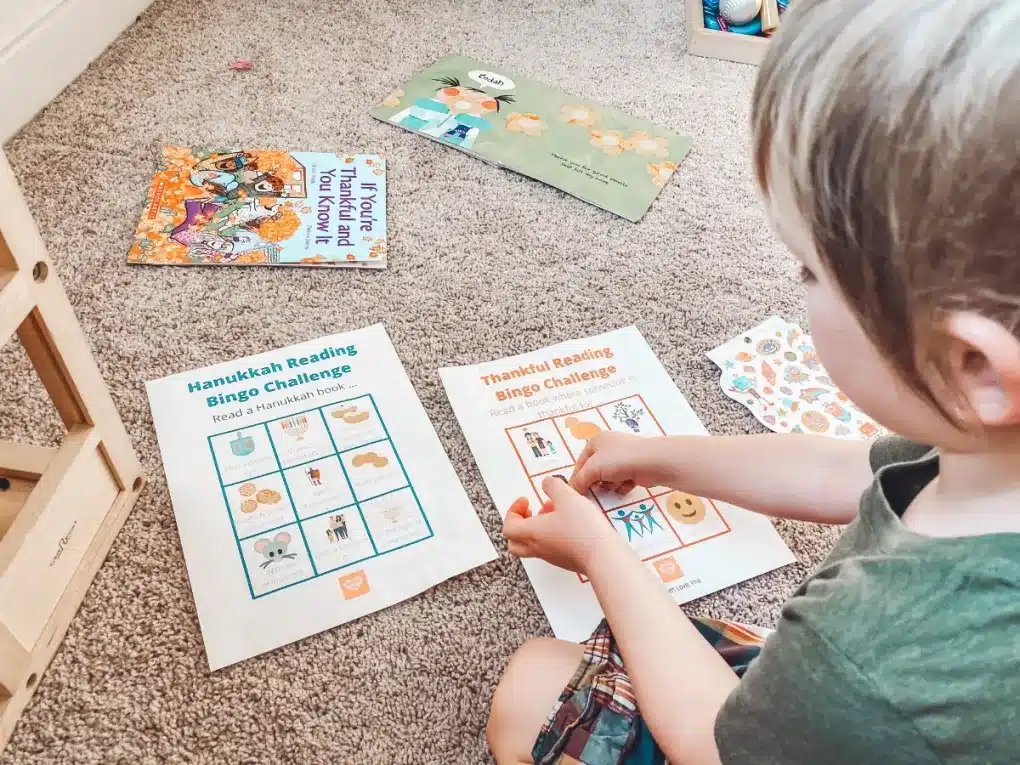In today’s world of smartphones, tablets, and YouTube, nurturing a love for reading in young children may seem like a daunting task. But playful learning techniques can help transform reading from a chore into an exciting adventure. Here are several ways you can help young children foster a love of reading.
Use the Power of Play
Children are natural-born explorers, constantly seeking new experiences and knowledge through play. By harnessing their curiosity, we can create an environment where reading becomes a treasured part of children’s playtime. The key is to make reading fun, interactive, and relevant to their world.
Make Books Into Theater
One engaging way to bring stories to life is through storytime theater. Encourage children to act out scenes from their favorite books. Provide props or costumes to enhance the experience. This activity not only improves reading comprehension but also boosts creativity and social skills.
For example, when reading Harry Potter, children can take turns playing different characters, and use their pens as magic wands. This approach can help them connect with the story.
Use an Interactive Projector
Interactive projectors such as the Beam interactive projector offer a unique opportunity to blend technology with traditional storytelling. The best interactive projector can transform any surface into a screen, opening up new possibilities for interactive reading experiences.
Create Cozy Reading Spaces
Create cozy, sensory-rich reading spaces that appeal to children’s love of comfort and exploration. You could make a simple pile of soft cushions in a corner, or a tent filled with twinkling lights. These nooks can help make reading become an immersive, fun experience. Remember that children who read for pleasure daily score the highest on reading assessments.
Scent the Stories
Incorporate scents into your reading nook to enhance the storytelling experience. A book about a bakery might be accompanied by the smell of cinnamon, while a forest adventure story could feature pine or earthy scents. This can help create vivid mental images and lasting memories associated with reading.
Play Reading Bingo
Create bingo cards with different reading-related tasks, such as “Read a story about dinosaurs”, “Read for 15 minutes in the morning”, or “Read in a funny voice for each character”. Offer small prizes for completing each card. This game encourages children to explore various genres and establish regular reading habits.
Personalize Stories
Children are more likely to engage with stories that feel personal and relevant to their lives. You can ask children if any of the characters in a story remind them of someone in their own lives. You can also engage children more with a voice they find amusing.
Use and Enrich Your Environment
Surround children with words and stories in their everyday environment to normalize reading as a part of daily life. You can stick articles and funny headlines on the fridge, put up motivational signs, and encourage children to read whenever they come across signs, menus, letters, and anything readable.
Reading Trees
Create a tree display where children can add a leaf for each book they read. You could use an interactive projector to allow children to design their own digital leaves, making the process more engaging and personalized.
Author of The Month
Highlight a different children’s author each month. Read their books and learn about their life. This can help children develop a deeper appreciation for the people behind the stories.
A Few Final Words
With fewer children in the US reading on a daily basis, these fun methods can help more children enjoy books. Remember that reading ought to be fun, and with encouragement, young children can enjoy their books just as much as their apps and YouTube videos!











